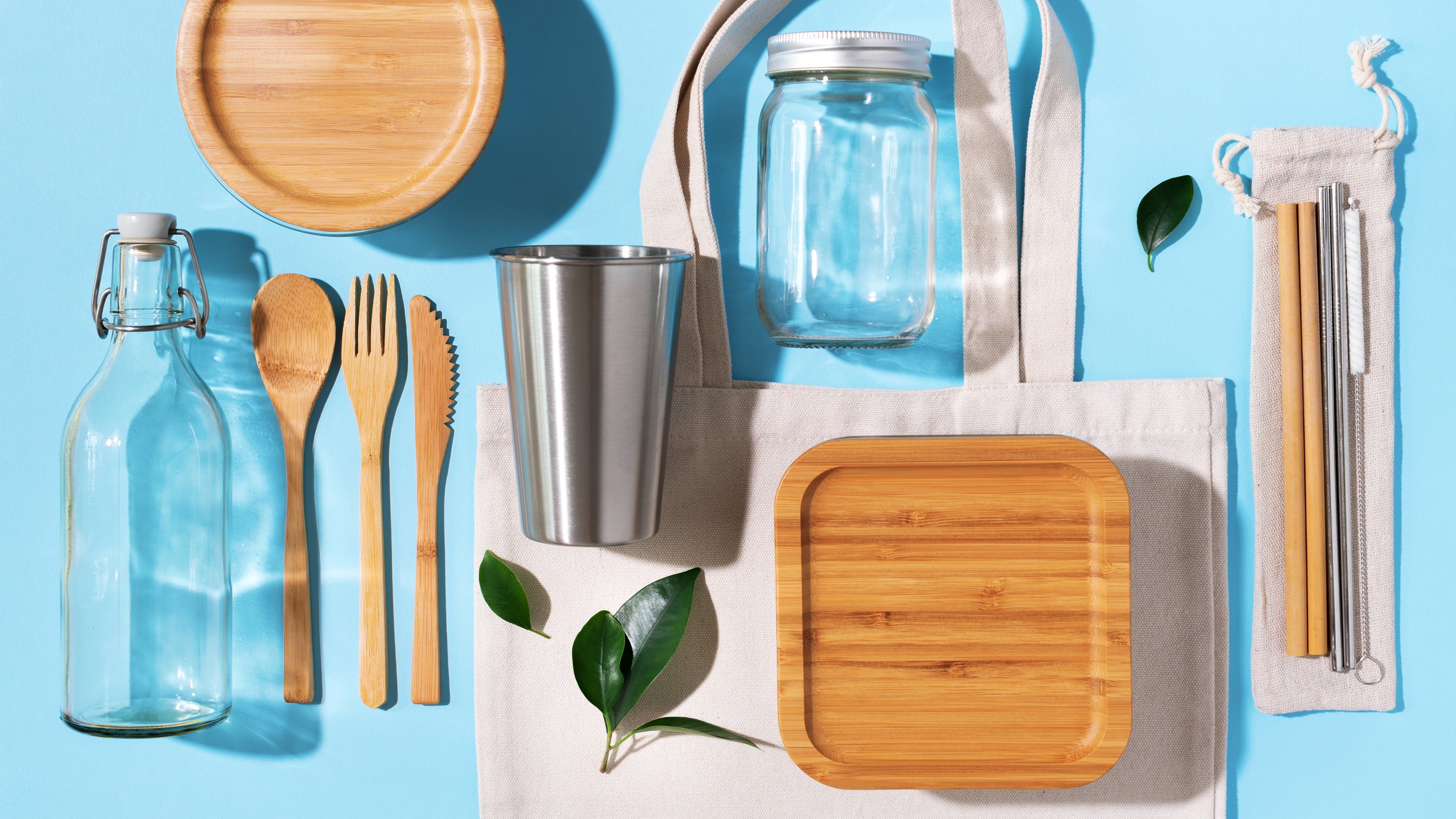
The lowdown on FOGO
By Stephanie Collins & the Recycle Right team
What is a FOGO bin?
FOGO stands for Food Organics & Garden Organics. A FOGO bin has a lime-green lid and is where you should dispose of organic food and garden waste from your household. Your FOGO bin is collected once a week, for more details on collection please check your local council’s website.
Why are we using FOGO bins?
Organic material placed in our general waste bins ends up in landfill where it breaks down to produce methane gas, which is harmful to humans and contributes to the greenhouse gas effect. Food and garden organics should never be placed in your recycling bin.
Using the three-bin FOGO system: a red-lidded general waste bin, a yellow-lidded recycling, and a lime-green lidded FOGO bin; means that your waste ends up in the right places and we can make the most of it. Organics collected through the FOGO system contain valuable nutrients and can be recycled into a high-quality compost.
The FOGO program is in line with the Western Australian Government and Waste Authority’s best practise standards for landfill diversion and resource recovery. As part of the ‘Waste Avoidance and Resource Recovery Strategy 2030’ a consistent FOGO collection system will be implemented across the Perth and Peel region by 2025. If you don’t yet have the three-bin FOGO system in your area, check your local Council’s website for their FOGO rollout plans.
What goes in your FOGO bin?
There’s a long list of things that can go in your FOGO bin. Just like a home compost bin you can put in your food scraps and garden clippings along with:
- Flowers and weeds
- Diary, meat, seafood, and bones
- Processed and cooked foods
- Tea bags and coffee grounds
- Shredded paper
- Kitty litter and animal droppings
- Pet and human hair
- Tissues and napkins
- Small amounts of cooking oil absorbed in paper towel or newspaper
- Soiled cardboard food containers, including greasy pizza boxes
- Certified compostable bin liners (but not biodegradable)
Remember, if it didn’t live or grow it’s not FOGO! Items like glass, clothing, plastic bags, plant pots, garden tools or hazardous waste should never be placed in your FOGO bin. These things can be very difficult to remove from the compost causing contamination and can be a safety issue for waste truck drivers and staff at FOGO processing facilities.
Tips for taking care of your FOGO bin and kitchen caddy
- Wrap perishable items in newspaper or in a compostable bin liner
- Avoid putting liquids into your bin
- Don’t over fill the bin (should not be overflowing or weigh more than 70kgs)
- To reduce odours and potential pests, put your FOGO bin out for collection every week, even if it’s not full
- Store your bin in the shade with the lid tightly closed
- Layering cardboard, newspaper or garden organics at the bottom of the FOGO bin can help to absorb liquids and prevent waste sticking to the inside of the bin
- Clean out the bin and kitchen caddy regularly (the caddy, without the lid, can go on the bottom shelf of your dishwasher)
What happens to the FOGO material once it leaves my verge?
Food and garden organic waste in the FOGO bin is collected by waste trucks, pre-processed (to remove contamination) and then made into high-quality compost. Check out a video of the process in action here.
FOGO-derived compost is now available for residents to purchase as both bagged products and bulk loads. Recycle Right is also running a giveaway of limited addition 30L bags of FOGO-derived compost at local events. Head on down to the Perth Makers Market in Applecross on Sunday May 29 and look out for the Recycle Right stall to claim your free bag!

ABOUT THE AUTHOR
Stephanie is a recent graduate of a Master of Science Communication from the University of Western Australia. She also has a Bachelor of Zoology, has lived in four states and territories across Australia, and is always amazed by Australia’s unique ecosystems. She loves using her communication skills to encourage people to explore and care for the environment.